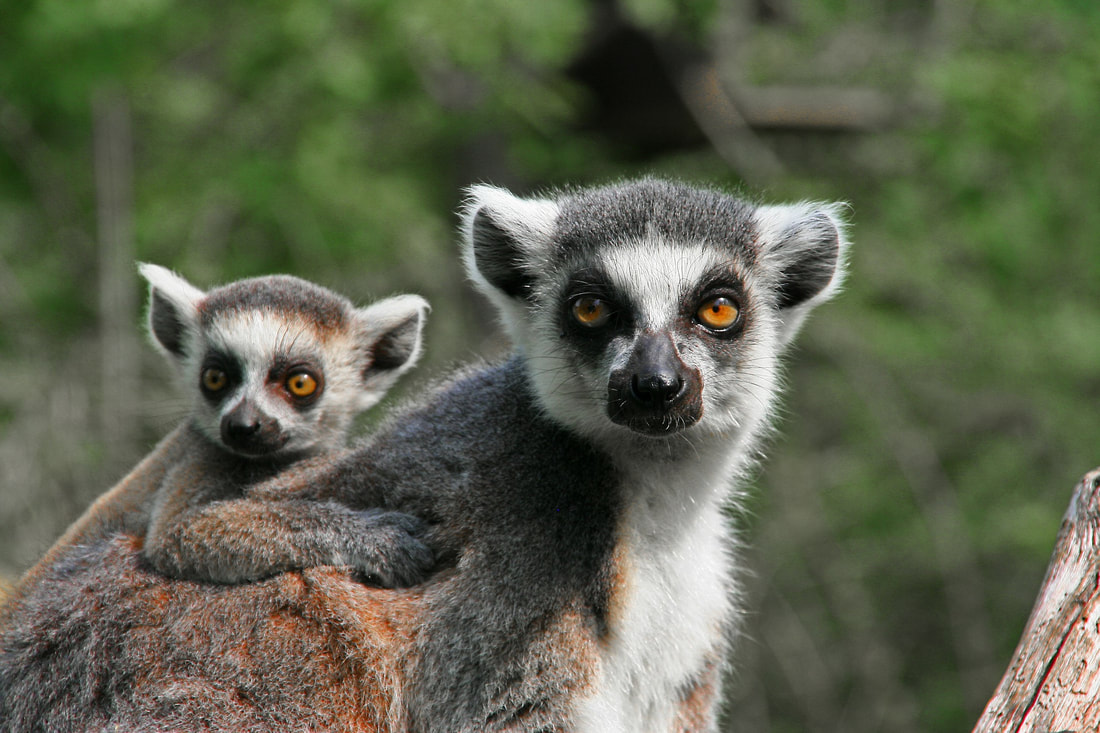I often meet people who are skeptical of a certain thing/ event and they say, "I'll believe it when I see it." This often gets me thinking about our eyes, our vision and how we perceive the world. How do our eyes actually see? Do what are eyes perceive really show us the truth?
I watched a description of the anatomy and physiology of the eye. When you become aware that nearly 70 percent of human sensory receptors are in the eyes, you realize that the human world is very visual and we place a lot of emphasis on seeing. The fact that you are reading this post, not hearing, nor smelling nor tasting it, is testament to that. There is a reason for that as Chinese Medical scholar Yvonne Farrell describes:
"An upright posture has its benefits and is perhaps the key structural difference between humans and other mammals. The ability to walk upright frees up the arms and shoulders (SI-10, LI-15) giving both access to and mastery of the world around us that other mammals lack. It also changes the priority of our senses, making vision our most important sense. Most mammals use smell as their primary sense, but standing upright takes our nose away from the ground shifting the focus to the eyes (UB-1). (Farrell, 2016: 130)
Our sense of sight involves many aspects; the definition of shape, movement, light, color and depth. So much of modern day life is focused on our ability to see. In fact, most of our communication, livelihood and entertainment is visual-based. If you step into a public space right now, you will observe how most people are looking into their mobile phones or a newspaper, either reading or viewing something. If you go into a store to buy food, vegetables, fruit or food packets are organized in visual-orderly manner; by color, shape and size. Most of the stores in the center of Basel sell clothing or adornment for some part of our bodies, which are related to how we will look or appear on the external parts of our bodies. Again, this is based on color, shape, size and possibly texture. We humans have created much of life around us based on our ability to see. We have also learned that our vision is "imperfect," that we are able to tweak or manipulate what others see of us. Maybe we have certain colors that highlight the color of our skin and projects a certain feeling of us to others, so we dress ourselves in this color to invoke this particular feeling in others. We want to appear friendly to others, so we raise the ends of our lips in a smile to convey friendliness.
I was trained as a dancer and as I was in university, I was taught choreography and stage production. We were trained to place ourselves at certain angles in certain positions, wearing a specific costume of a specific shape and color, with props created to highlight the feeling/idea we wanted to convey to the audience. Look at the second picture above of the ballet dancer. She is performing a grand jeté with her left leg forward, moving a slight diagonal angle to the left, with an open position of the body and face. This accentuates the length of her legs and the height of her jump. If she were to do this exact same jump in the same direction with the right leg, her legs would look a lot shorter, she would be in a closed position, her back and buttocks would be accentuated; thus, she would not seem like she is effortlessly flying through the air. This is a scene from the ballet Don Quixote, based on the novel of Spanish writer Miguel de Cervantes. So we can observe that the dancers are clothed in Spanish style with a backdrop of a Spanish town by the sea, with buildings and masts of ships. The backdrop is actually not 3-dimentional; there are no real buildings or ships, but the lighting and the way the forms are painted on the canvas creates this perception. These are all optical illusions, like the first picture. Our eyes are being led in a certain direction. Is what I am seeing real? No, because I know that I am sitting in a theater watching a ballet. But if our vision is so malleable and prone to manipulation, how do we know that in our daily lives we are really seeing what is and not just what we are meant to see like in this ballet production?
This is the point; our vision is very limited. If we put too much worth into only believing what we see with our eyes, we will often be deceived. Maybe like Yvonne Farrell describes of mammals, we humans need to come back down to the earth and begin to use more of our other senses. Maybe then we would become more "sensible" and aware of the ourselves as well as of the environment around us.
Reference
Farrell Yvonne R. (2016): Psycho-Emotional Pain and the Eight Extraordinary Vessels. London: Singing Dragon.
Image by clker-free-vector-images from pixabay
Image ballet dancer by wikimedialimages from pixabay


 RSS Feed
RSS Feed